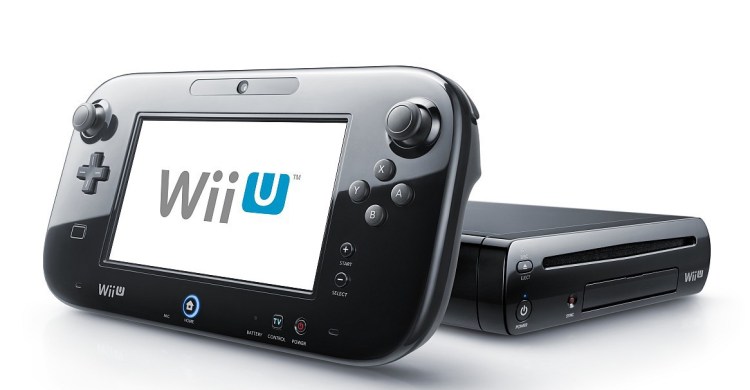What about Nintendo on mobile devices?
Nintendo cannot hold a meeting with its investors without one of them asking about putting Mario and other games on iOS and Android. People who hold stock in Nintendo look around and see companies like Clash of Clans developer Supercell making hundreds of millions of dollars from one game. Maybe Nintendo could do the same — well, it doesn’t want to, and it says it isn’t an easy process.
“Our games such as Mario and Zelda are designed for our game machines, so if we transfer them into smartphones as they are, customers won’t be satisfied,” said Iwata. “If customers aren’t satisfied with the experience, it will decrease the value of our content.”
Basically, Iwata is saying that even if he did want to put Nintendo’s franchises on an iPhone, its fans wouldn’t even want that.
He went on to explain that the smartphone market is competitive and no developer has yet to string together huge success over multiple years. He compared that to Nintendo’s console business, which is has sustained for over 30 years.
“They keep talking about how it’s not as simple as porting their games to mobile — and I don’t think it’s simple either — but it’s not as complicated as they’re making it out to be,” said Creutz. “They are just making it out to be more complicated because they don’t want to do it.”
But Nintendo doesn’t want to do it for good reason.
Once Mario and Zelda go mobile, Nintendo is probably on an irreversible path to getting out of the hardware business. Right now, the company keeps its properties exclusive because it’s the big reason that people buy Wii U systems and 3DSes, obviously. But how well would Mario Kart 8 sell at $60 if most people were playing the free-to-play version on their iPad?
“As well as the 3DS is doing, if you start putting big Nintendo games on mobile, then you’re pretty much putting a bullet in that thing’s head,” said Creutz.
Nintendo could go mobile, but it would come at the expense of the only things that are making it money right now. It’s not really a great strategy, but the company also might not have much of a choice.
Nintendo’s real problems
Nintendo has a lot of money in its bank account. It can afford to bleed cash for several more quarters. That’s what it is doing right now. So that’s probably why it feels comfortable taking some shots at returning to profitability with China and its own take on Skylanders. The company is also looking at getting into the business of selling products and services related to health, fitness, and quality of life.
If one or more of those strategies pays off, Nintendo could find itself back to profitability, but it is still facing some deeper problems that it isn’t addressing.
“I just don’t think that Nintendo is answering the question they are really facing,” said Creutz. “They’re avoiding the real issue.”
For Creutz, that issue is the fact that Nintendo’s characters and properties are worth more than its hardware. Mario has the potential to make more money than the Wii U. That wasn’t always the case. The Wii was probably worth more to Nintendo than its software, but both performed well.
“The answer for Nintendo is to go where the customers are,” said Creutz. “For Nintendo’s type of games, the customer is increasingly on mobile platforms. The other possibility is for Nintendo to make itself more of a core-gamer company and ape what Microsoft and Sony are doing — but Microsoft and Sony are already doing that very well.”

Some thought that Nintendo might quickly abandon the Wii U and move on to its next console. Iwata told investors that it’s not afraid to start something new, but it won’t do so until its satisfies its current customers. That likely means the company is sticking with the Wii U for the next couple of years.
IDC’s Ward thinks Nintendo’s real problem is relevancy. While the company loses money, it’s also losing fan interest as gamers move on to PlayStation 4 and iPad. He thinks that Nintendo, if it’s not going to release something new, needs to get aggressive with Wii U now.
“The figurine game and the emerging markets both have potential to move the needle, but in the near term they need to — if it’s possible — take another $50 off the Wii U,” said Ward. “They’ve historically been comfortable playing the value position in the console battle. I think the Wii U is not quite differentiated enough on price at this point, and a second $50 cut two years into its life is not crazy.”
The Wii U is especially struggling in North America and Europe … which are hugely important regions. Ward thinks that a focus on big games can help that now.
“Mario Kart 8 has to crush it. I believe that Smash Bros. Wii U has to crush it, and I believe Nintendo has a few other exclusives in the pipeline,” he said. “To ensure the Wii U is still in the game by the end of 2015, those are the two things that I would focus on. Great exclusive software and a $50 price cut.”
Next month, as part of its presence at the Electronic Entertainment Expo tradeshow in Los Angeles, Nintendo will host a “digital event” to talk about its new games and more. That includes the NFP figurines and software, and we’ll see if the company can start turning things around.
VentureBeat's mission is to be a digital town square for technical decision-makers to gain knowledge about transformative enterprise technology and transact. Learn More

